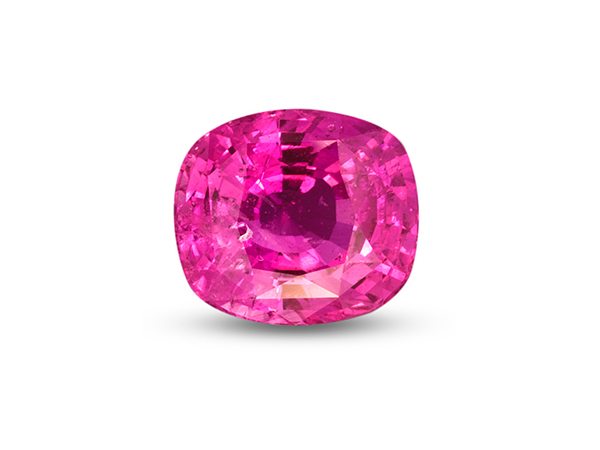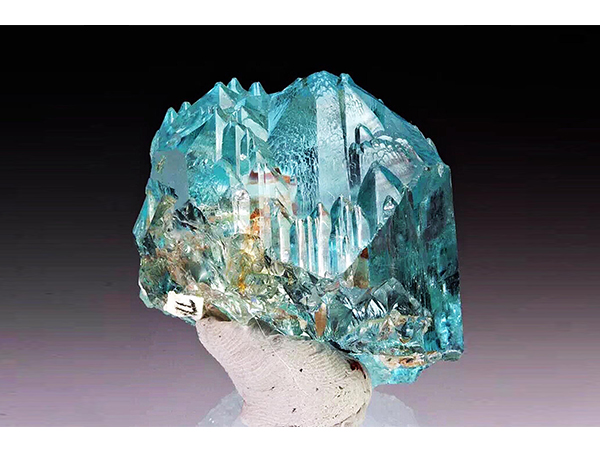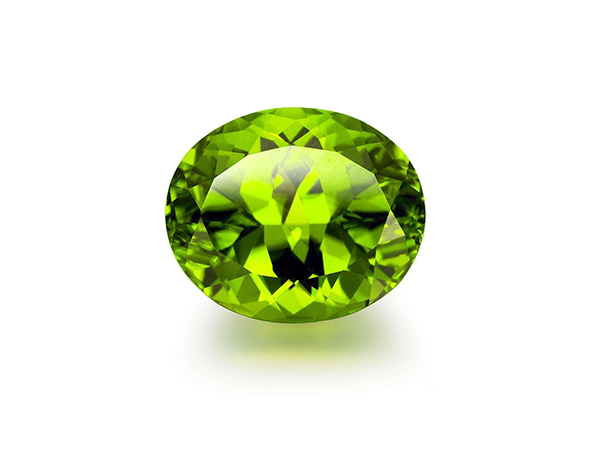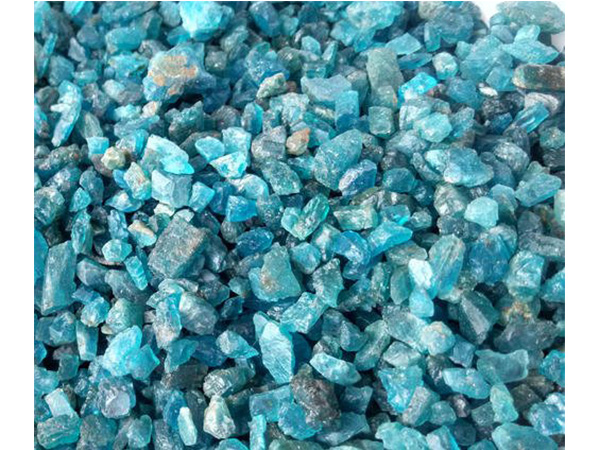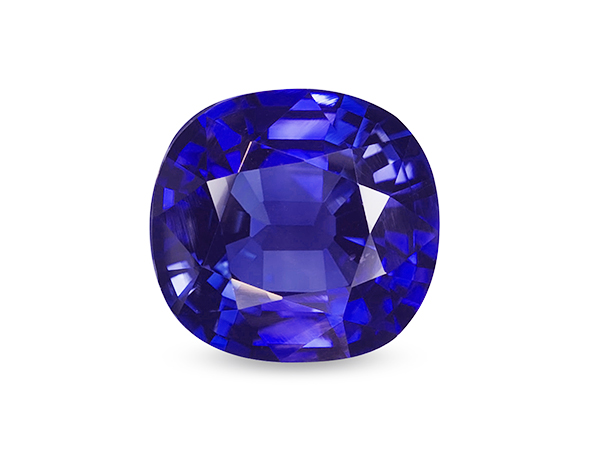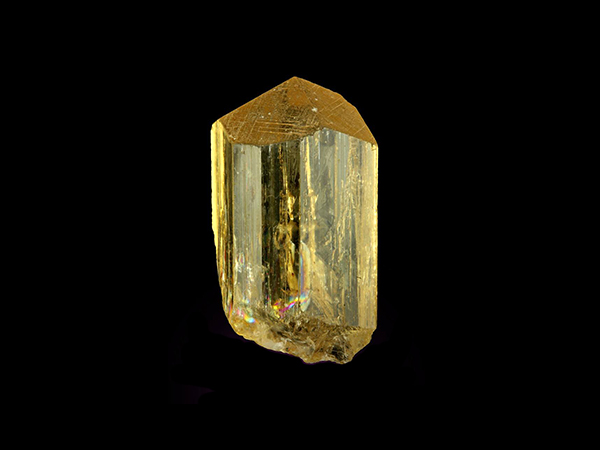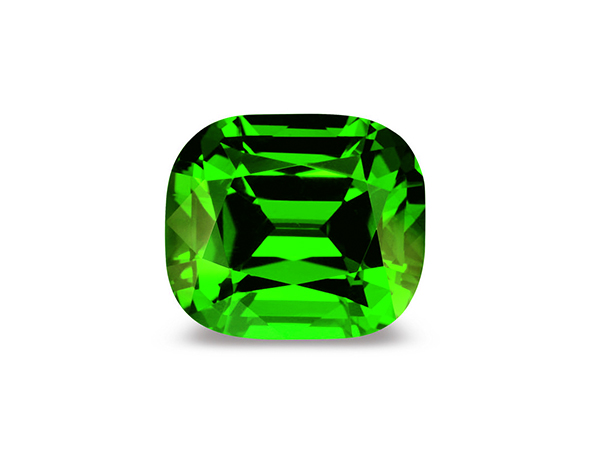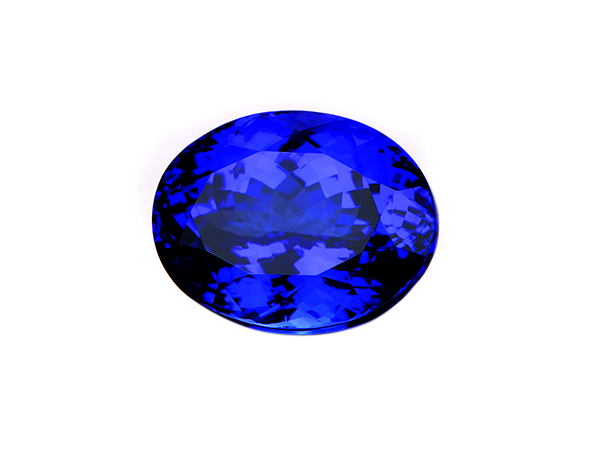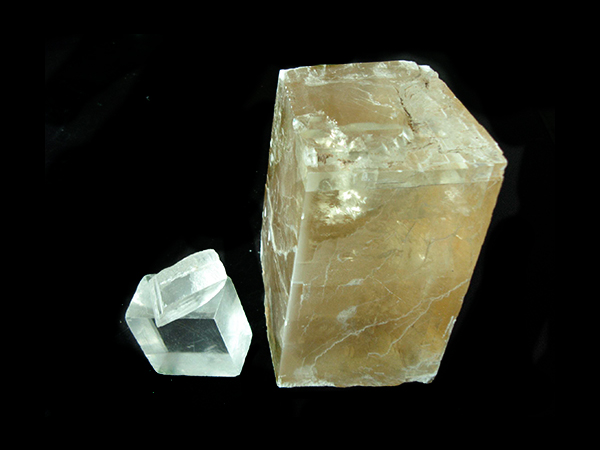Tourmaline is the name of the tourmaline craftsmanship. It is a kind of jewellery grade in the tourmaline family. It is a borosilicate crystal containing chemical elements such as aluminum, iron, magnesium, sodium, lithium and potassium. A variety of colors. The English name Tourmaline is derived from the ancient Turga (Ceylon) word Turmani, meaning "mixed gems." The composition of the tourmaline is complex and the color is complex and varied. The international jewellery industry basically divides the commercial variety according to the color of the tourmaline. The more
Topaz,alsoknownas topaz or citrine in mineralogy, fluorine-containing aluminosilicate mineral, known as Topaz in English. Since consumers are easily confused with the names of topaz and yellow jade, the English transliteration name "topa" is used commercially to label gem-quality topaz. Because the topaz is very transparent and hard, the reflective effect is very good, and the color is beautiful, which is quite popular. For example, in the seventeenth century, the Braganza diamond (1640 carats) in the Portuguese crown was once considered the largest diamond, and it has b
Peridot, a natural gemstone, whose parent rock is the most important rock-forming mineral in the mantle, is a magnesium and iron silicate. The main components are iron, magnesium, silicon, and may contain elements such as manganese, nickel, and cobalt. The crystals are granular and are dispersed or granular aggregates in the rock. It belongs to island silicate. Olivine can be altered to form serpentine or magnesite, which can be used as a refractory material. Gem-grade olivine is mainly divided into rich yellow-green olivine, golden green olivine, yellow-green olivine,
Apatite refers to a phosphorus-bearing ore in which phosphorus is present in igneous and metamorphic rocks in the form of crystalline apatite. It is a general term for a series of calcium-containing phosphate minerals. Apatite is the most important mineral raw material for the manufacture of phosphate fertilizer and phosphorus and its compounds. The most common apatite is fluoroapatite. In addition to the fluoride anion, there are chloroapatite, hydroxyapatite and the like according to the addition anion. The shape of the apatite is glassy crystal, block or tuberculosis
Cordierite or Iolite (Dichroite) comes from the Greek Violet, which means it is violet. Dichroite comes from the Greek "two-color", which means that the gemstone has a strong pleochroism. Because cordierite has a blue color like sapphire, some people call it "water sapphire". Cordierite is a silicate mineral, usually light blue or light purple, glass luster, transparent to translucent. Cordierite also has a characteristic, with obvious pleochroism (trichromism), emitting different colors of light in different directions. In addition, cordierite is used as a gemstone. In a
Quercus is a relatively common mineral, commonly found in skarn or gas-forming hydrothermal rock, generally gray, grayish yellow, grayish green, light yellowish green, etc. Occasionally rose purple, lavender, pink purple, sea blue Wait. Gem-quality stellite stone requires bright color, translucent-transparent, large crystal particles, and can be processed into bare stone of 3mm×4mm or more. Therefore, gem-quality stellite is rare and rare. The stellite stone is produced in the calcium-rich regional metamorphic rock, and almost all metamorphic zones have the production of
Pyrophylene (augite) is a common silicate rock-forming mineral widely found in igneous rocks and metamorphic rocks. It consists of a main chain of silicon oxide molecular chains. The pyroxene is mainly distributed in the basic-ultrabasic magmatic rocks and metamorphic rocks. The crystal form is short column, and the angle between the cylinders is close to 90° (the general color is darker than the amphibole, translucent, glass luster, hardness 5-6). Introduction Pyroxene (augite) is a common single-chain silicate rock-forming mineral widely found in igneous and metamorp
Aluminum is often replaced by iron (generally 2% to 5%), and occasionally elements such as manganese and strontium are mixed. Orthorhombic system. The crystal is columnar (the crystal plane has vertical stripes), and a common rod-like or granular aggregate is common. It is gray, green, yellow, brown and red, blue and other colors. Translucent - opaque. Glass luster. Biaxial crystal positive light, +2v = 0o ~ 65o. The refractive index ng=1.697 to 1.725, nm=1.688 to 1.710, np=1.691 to 1.705; and the bifold ratio is 0.004 to 0.008. Polychromaticity is generally weak, a
Sphene is a monoclinic silicate mineral with island structure. Often containing yttrium and cerium. Monoclinic crystal system, the crystal form mostly appears as a single crystal, flat wedge (envelope-shaped), the cross section is a diamond, the underside is especially developed, like a plate. Honey yellow, brown, green, black, rose and other colors. Introduction Overview Titanium and calcium silicate minerals have their constituents in many rocks (igneous rocks). Vermiculite often appears as a single crystal with crystals in the form of flakes. Vermiculite has a glass lu
Calcite is a calcium carbonate mineral, the most common of which is natural calcium carbonate. Therefore, calcite is a widely distributed mineral. Calcite has a variety of crystal shapes, and the aggregates thereof may be a cluster of crystals, or may be granular, massive, fibrous, stalactite, earthy, and the like. Knocking calcite can get a lot of square pieces, hence the name calcite. basic introduction Calcite is a calcium carbonate mineral, the most common of which is natural calcium carbonate. Therefore, calcite is a widely distributed mineral. Calcite has a var

